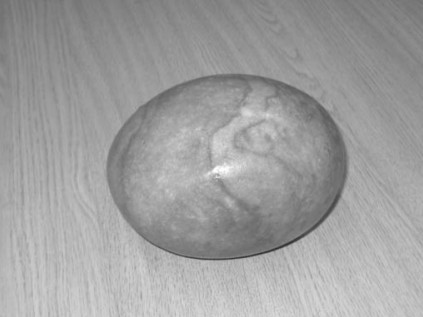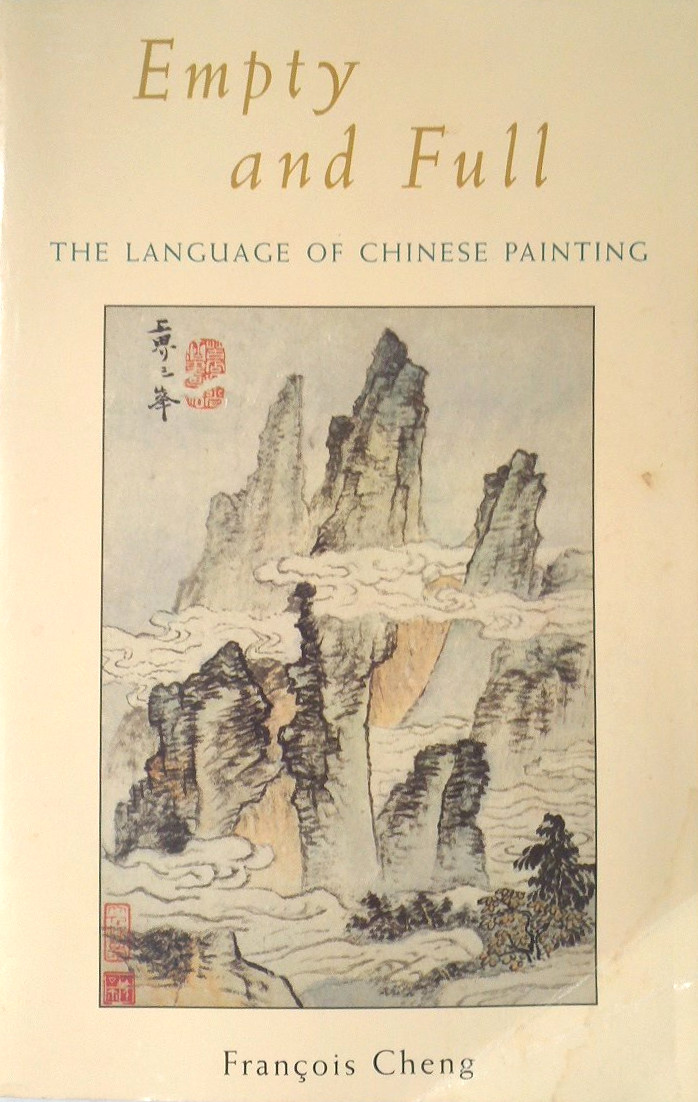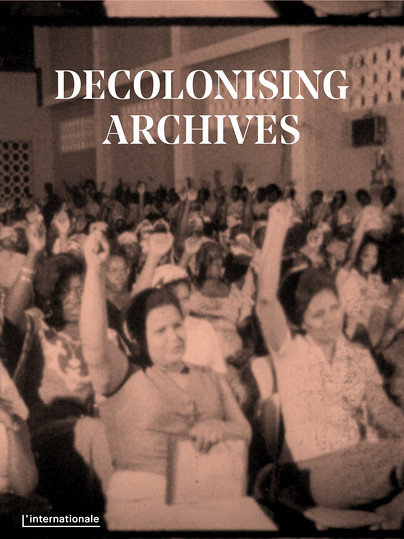Tim Ingold: Materials Against Materiality (2007)
Filed under paper | Tags: · environment, material culture, materiality, materials, object

“This article seeks to reverse the emphasis, in current studies of material culture, on the materiality of objects as against the properties of materials. Drawing on James Gibson’s tripartite division of the inhabited environment into medium, substances and surfaces, it is argued that the forms of things are not imposed from without upon an inert substrate of matter, but are continually generated and dissolved within the fluxes of materials across the interface between substances and the medium that surrounds them. Thus things are active not because they are imbued with agency but because of ways in which they are caught up in these currents of the lifeworld. The properties of materials, then, are not fixed attributes of matter but are processual and relational. To describe these properties means telling their stories.”
With responses by Christopher Tilley, Carl Knappett, Daniel Miller, Björn Nilsson, and Tim Ingold.
Archaeological Dialogues 14(1), Discussion Article section
Publisher Cambridge University Press, 2007
ISSN 1380-2038
38 pages
François Cheng: Empty and Full: The Language of Chinese Painting (1979–) [ES, EN]
Filed under book | Tags: · art criticism, art history, china, painting, philosophy, semiotics

“Chinese painting might be called ‘philosophy in action,’ for it is one of the highest expressions of Chinese spirituality. Both a medium for contemplation leading to self-transcendence and a microcosm embodying universal principles and primal forces, it is a means for making manifest the Chinese worldview. At the heart of this worldview is the notion of emptiness, the dynamic principle of transformation. Only through emptiness can things attain their full measure and human beings approach the universe at the level of totality. Focusing on the principle of emptiness, François Cheng uses semiotic analysis and textual explication to reveal the key themes and structures of Chinese aesthetics in the practice of pictorial art. Among the many Chinese writers, poets, and artists whose writings are quoted, he gives special emphasis to a great Ch’ing dynasty theoretician and painter, Shih-t’ao. Twenty-seven reproductions of the words of Shih-t’ao and other masters illustrate the interpretive commentary.”
First published as Vide et plein: le langage pictural chinois, Seuil, Paris, 1979.
Translated by Michael H. Kohn
Publisher Shambhala, Boston and London, 1994
ISBN 0877739560, 9780877739562
ix+158 pages
via doublr
Vacío y plenitud (Spanish, trans. Amelia Hernandez and Juan Luis Delmont, 1985/93, 13 MB, via Amir Brito)
Empty and Full (English, trans. Michael H. Kohn, 1994, 8 MB)
L’Internationale, Rado Ištok (eds.): Decolonising Archives (2016)
Filed under book | Tags: · archive, art, colonialism, commons, politics, technology

This publication “aims to show how archives bear testimony to what was, even more so than collections. Archives present documents that allow one to understand what happened and in which order. Today Internet technology, combined with rapid moves made on the geopolitical chessboard, make archives a contested site of affirmation, recognition and denial. As such, it is of great importance to be aware of processes of colonialisation and decolonisation taking place as new technology can both be used to affirm existing hegemonic colonial relationships or break them open.”
Publisher L’Internationale Online, 2016
Creative Commons BY-NC-SA License
111 pages
HTML
PDF, PDF (8 MB)
EPUB, EPUB (8 MB)

